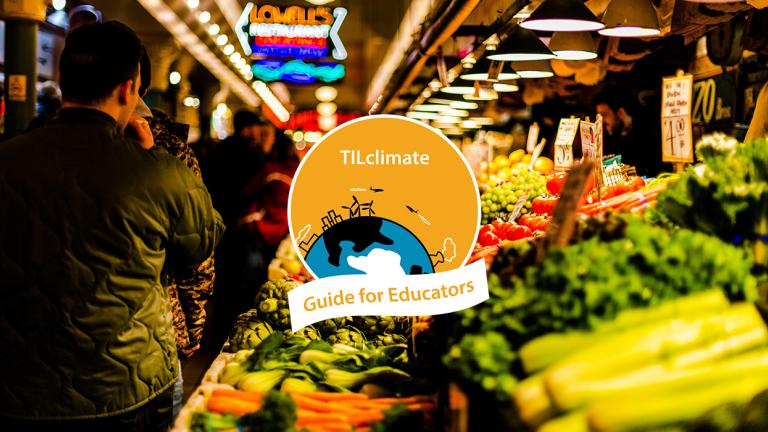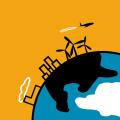
This Guide for Educators was developed by the MIT Environmental Solutions Initiative as an extension of our TILclimate (Today I Learned: Climate) podcast, to make it easier for you to teach climate change, earth science, and energy topics in the classroom. It is an extension of the TILclimate episode "TIL about what I eat."
Browse all TILclimate guides for educators.
Description
Climate change affects food, but food also affects climate change. Students investigate causes of and solutions to food waste, plant-based recipes to get excited about, and the diversity and variety of heirloom foods.
SWBAT:
-
Explain the link between food waste and climate change.
-
Understand why some foods have a higher climate impact than others.
-
Describe varieties of an heirloom food.
Skills:
-
Online research
-
Communication
Standards:
-
HS-ETS1-2 Design a solution to a complex real-world problem by breaking it down into smaller problems that can be solved through engineering.
-
HS-LS2-7 Design, evaluate, and refine a solution for reducing the impacts of human activities on the environment and biodiversity.
-
RST.11-12.9 Synthesize information from a range of sources into a coherent understanding of a process, phenomenon, or concept.
-
WHST.9-12.7 Conduct short as well as more sustained research projects to answer a question
Disciplinary core ideas:
-
ESS2.D Weather and Climate
-
ESS3.C Human Impacts on Earth Systems
-
ESS3.D Global Climate Change
What is included in this Educator Guide
- How to use TILclimate Educator Guides (Download)
- Full Educator Guide (Download)
- Includes both Teacher and Student pages
- Includes both Teacher and Student pages
- Teacher pages (Download)
- Includes materials, discussion questions, background resources, and adaptation suggestions for science, social science, and ELA teachers
- Includes materials, discussion questions, background resources, and adaptation suggestions for science, social science, and ELA teachers
- Student pages (Download)
-
Investigation: Food Waste
-
Investigation: Plant-based Recipes
-
Investigation: Heirloom Foods
-
Listen to the episode


